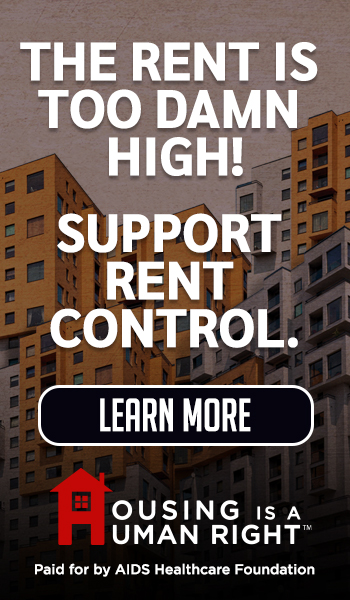Comments
PLANNING WATCH - Pity LA’s officials. On one hand, they privately know that the hillside areas destroyed in LA’s recent wildfires will soon burn again. This has happened again and again, so City officials should understand the dynamics of LA’s repeated wildfires. In fact, these details were spelled out in the Los Angeles Fire Department’s 1961 film about the Bel Air wildfire: Design for Disaster. The difference is that LA’s fire season is now 12 months long, and climate change has made LA’s wildfires far more destructive.
On the other hand, the influence of big real estate on City Hall officials is massive. For self-serving financial reasons, big real estate wants rapid reconstruction of destroyed homes and neighborhoods, with underlying health issues minimized.
Dilemma faced by local officials: Along with Federal authorities, LA’s Mayor and City Council imagine they can satisfy both contractors and residents by supporting the rapid reconstruction of immolated homes. To pull off this balancing act, they need to tolerate still poisoned topsoil even though it endangers returning residents. This was explained in a recent Los Angeles Times story on the dangerous toxins remaining in LA’s burn areas.
According to the Times, public officials abdicated their role in testing soil in wildfire areas for toxins, especially rare metals and arsenic. To complicate these measurements, some toxins, like lead paint, are found in older homes, along with incinerated “household cleaning solutions, and cars, microwaves, and electronic devices filled with heavy metals,” Previously, authorities did not allow residents to return home until they deemed their neighborhoods safe.
Independent testing: In the case of the recent Palisades and Eaton wildfires, the LA Times utilized a private testing company, BSK Labs, to measure 17 toxic chemicals that remained in the wildfire areas. These toxins include lead, arsenic, asbestos, and mercury, and the Times took samples from 20 homes cleared by the US Army Corp of Engineers, plus 20 additional sites. The private testing revealed significant remaining toxicity, even though local and Federal authorities had approved these “growth machine” areas for the reconstruction of destroyed homes and the return of displaced residents.
How do we explain this irresponsible behavior by LA’s Mayor and City Council? My educated guess is that City Hall officials supported the rapid reconstruction of LA’s fire areas to comply with the business model of contractors and realtors.
Former UC Santa Barbara sociologist Harvey Molotch carefully studied this general phenomena in his famous essay: “The City as a Growth Machine: Toward A Political Economy of Place.” In effect. Molotch wrote that local officials favored rapid (as opposed to careful) reconstruction of neighborhoods destroyed by the wildfires because it is more profitable:
“Emerging trends are tending to enervate the locality growth machines. First is the increasing suspicion that in many areas, at many historical moments, growth benefits only a small proportion of local residents. Growth, water pollution, traffic congestion, and overtaxing of natural amenities. These dysfunctions become increasingly important and visible as increased consumer income fulfills people's other needs and . . . as the natural cleansing capacities of the environment are progressively overcome with deleterious material. While it is by no means certain that growth and increased density inevitably bring about social pathologies, growth does make such pathologies more difficult to deal with.”
In Los Angeles elected officials are so entrenched in the local growth machine that they openly call for the hasty reconstruction of burned out neighborhoods, ignoring careful planning and the full removal of toxins.

Updated map of fire zones in southern California.
Learning the wrong lessons: Even though accelerating climate change and dangerous topography are certain to produce future, lethal recent wildfires, the obvious policy of rezoning these burn areas is only considered at CityWatch LA, not at City Hall. This unfortunate reality will plague the Los Angeles region for decades to come as local government lays out the red carpet to contractors and realtors, regardless of the consequences.
(Dick Platkin ([email protected]) is a retired LA city planner, who reports on local planning issues. He is a board member of United Neighborhoods for Los Angeles (UN4LA). Previous columns are available at the CityWatchLA archives.)
















